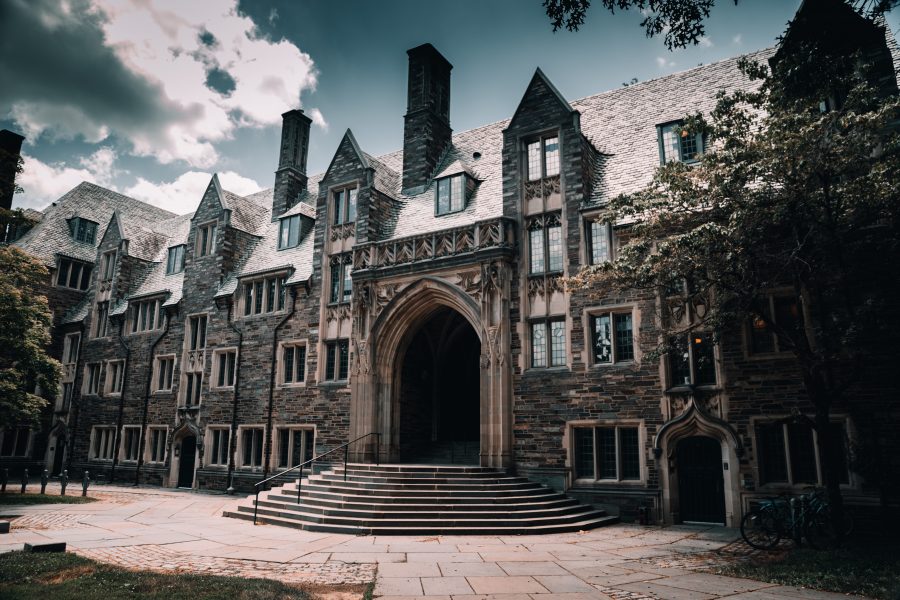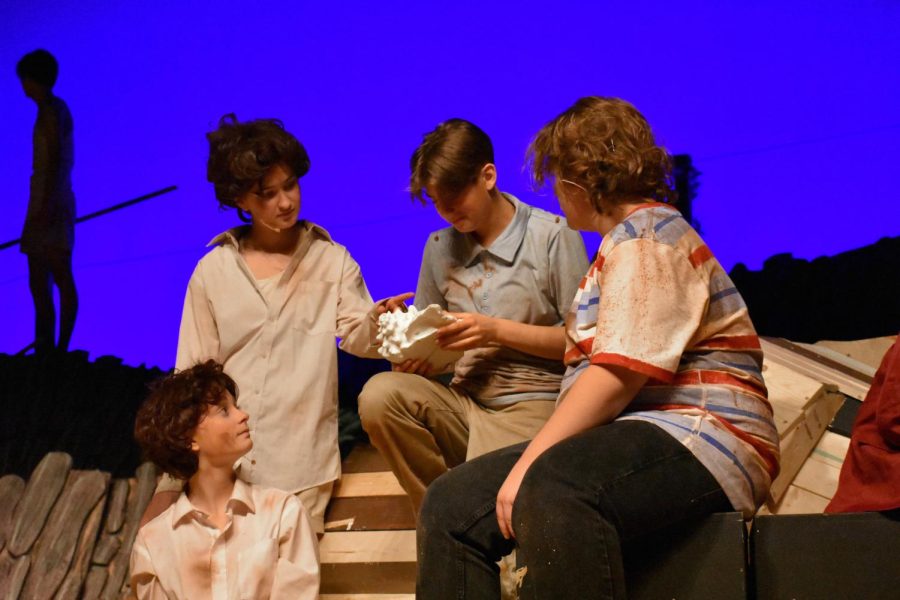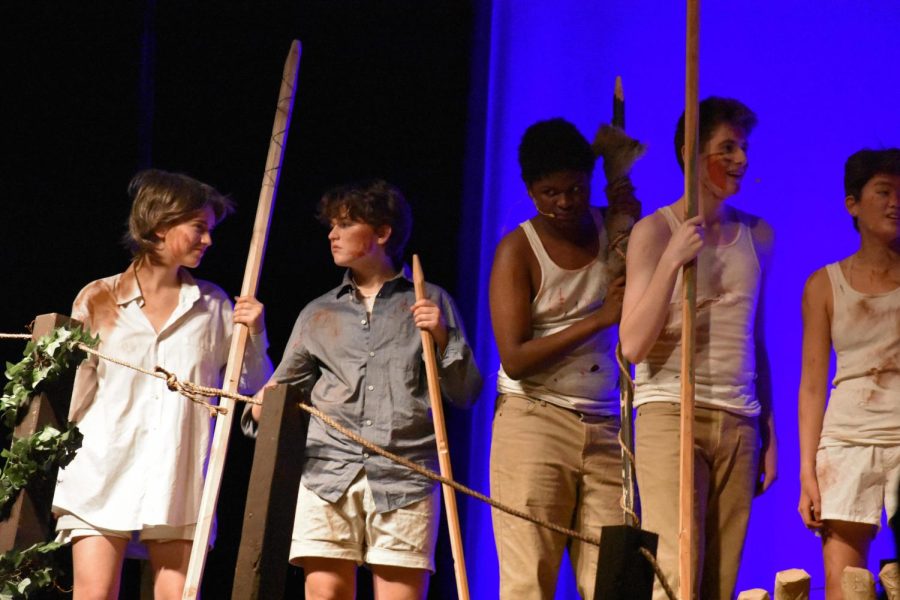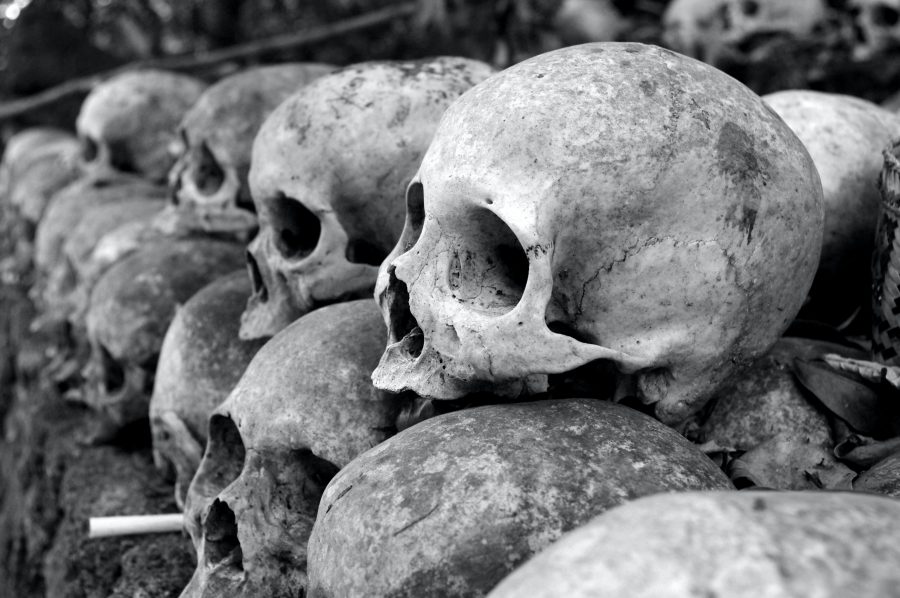By — Njeri Jackson
College over Time
In today’s age and time, it is often expected that high school graduates will attend college immediately after they leave high school. In fact, according to Admissionly, a site that provides information about education and careers, the amount of students overall taking this course of action is at 66.2% which has been around the average for the last 20 or so years. The number has greatly increased from the time the first colleges of America formed in the late 1600s and early 1700s.
The first colleges included William & Mary, Harvard, Dartmouth, and Brown who originally were for religious denominations. It wasn’t really the type of college people think of, with people around 15 being college students. At a certain point, college became a school for higher education where wealthy protestants usually went to study general education with highlights on good moral character.
The schools were expensive, with only 1% of young white males (who would be the only ones able to access these opportunities at the time) attended, with people consistently dropping out after a certain amount of time. College wasn’t really thought of to be that important at this point. The colleges excluded women and sometimes contained schools to educate Native Americans in Puritan beliefs.
College began to expand more in the late 1800s and early 1900s with a larger variety of them being established. There were military academies, scientific academies, and more programs for law, medicine, and many other endeavors. The University of North Carolina started the rise of state universities and Oberlin Collegiate Institute (Oberlin College in current day) admitted women to a specific ladies’ program. The idea that college could help with useful practices such as military instruction and agricultural studies. College still continued to not be a super important educational goal.
As the 1900s came around, more colleges and other schools emerged for minorities, although they weren’t usually at the same as regular colleges. Iowa State University became the first college to be co-ed, although it was still segregated. Bachelor degrees were still essentially useless and many weren’t pursuing them because there were nearly the same opportunities available for those students with a degree and those without one. The percentage of attending students rose to 5%, but college was still too expensive for many families. In the 1920’s colleges began being associated with partying, gambling, and drinking. By 1945 tuition had increased and the attendance rate hit 15%.
College attendance saw an increase during the time of World War ll through the 1980s, with the addition of the Pell Grant, better financial aid, and the GI bill. All these initiatives aided graduates to have an easier time pursuing higher education. There was the development of community colleges and research institutions. Enrollment increased with the idea of universal higher education and college was becoming to be a place that an individual would graduate in four years and pursue a career. There was also an increased desire for people that has pursued a higher education. It was becoming almost an essential to have a college degree to pursue certain careers
Entering the 1990s and 2000s, the price of college continued to rise as more people attended college, pursuing degrees. The unemployment rate of people with a bachelor’s degree and those without, was getting larger, with those without a degree seeing higher levels of unemployment, prompting more people to attend college.
As of now, college has become exceedingly more expensive, but with financial aid meant to cut the cost. Regardless of aid, college still comes with a high price tag. Since Covid-19 has broken up into an entire pandemic, the process of college has become much more complicated than previously before.
What Colleges Look For
Through history, colleges have continually looked for more and more in potential students. The process is much more intense and selective than it was before. The first college in America, Harvard, only wanted prospective students to be able to read and translate Greek and Latin, compared to now where they want a lot more. This is probably because of the growing popularity of pursuing higher education.
As college becomes more popular they can only admit a certain number of students, so therefore they will be more selective and require more of potential applicants. Back then there were small amounts of people attempting to pursue college, so they had space and it wasn’t as necessary to be selective.
Taking a closer look into college requirements, it expanded to add mathematics, varied courses in high school, personalized requirements changing depending on the college, test scores, recommendation letters, the booming of the SAT’s importance, grades, and extracurriculars. In the 1970s, students began to apply to more than one college and the process of selective administration solidified with higher requirements becoming necessary.
As of right now, colleges are now focused on the holistic view of a student, which is essentially the whole image. Standardized test scores, combined with extracurriculars, potential, and the essay, personality traits, and uncontrollable conditions varying with each student (like family’s income or race) all impact the decision. Colleges tend to pick the holistic student rather than someone that is just academically smart or just heavily involved in extracurricular activities.
With the pandemic becoming more prominent in 2020, colleges have shifted their requirements and what they’re searching for because students are often restricted and in different situations than before. There is increased attention towards providing financial aid for example. They are also tending to be a bit more lenient with less extracurriculars and lack of test scores because it isn’t possible for some people. Many schools have chosen to go test-optional as well as attempting to promote diversity with the rise of the BLM movement that led to a total minority movement involving groups like Asians, Hispanics, and women.






